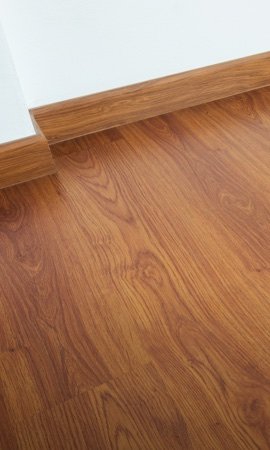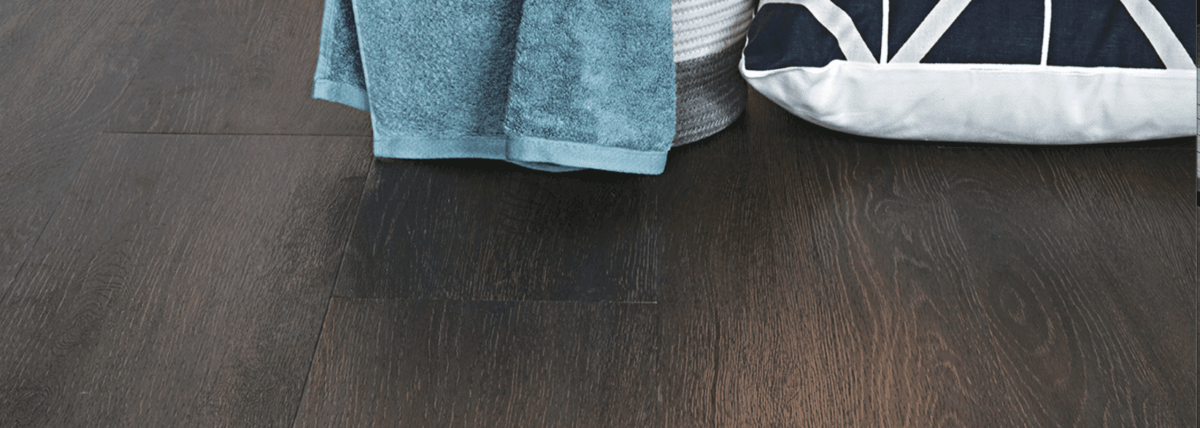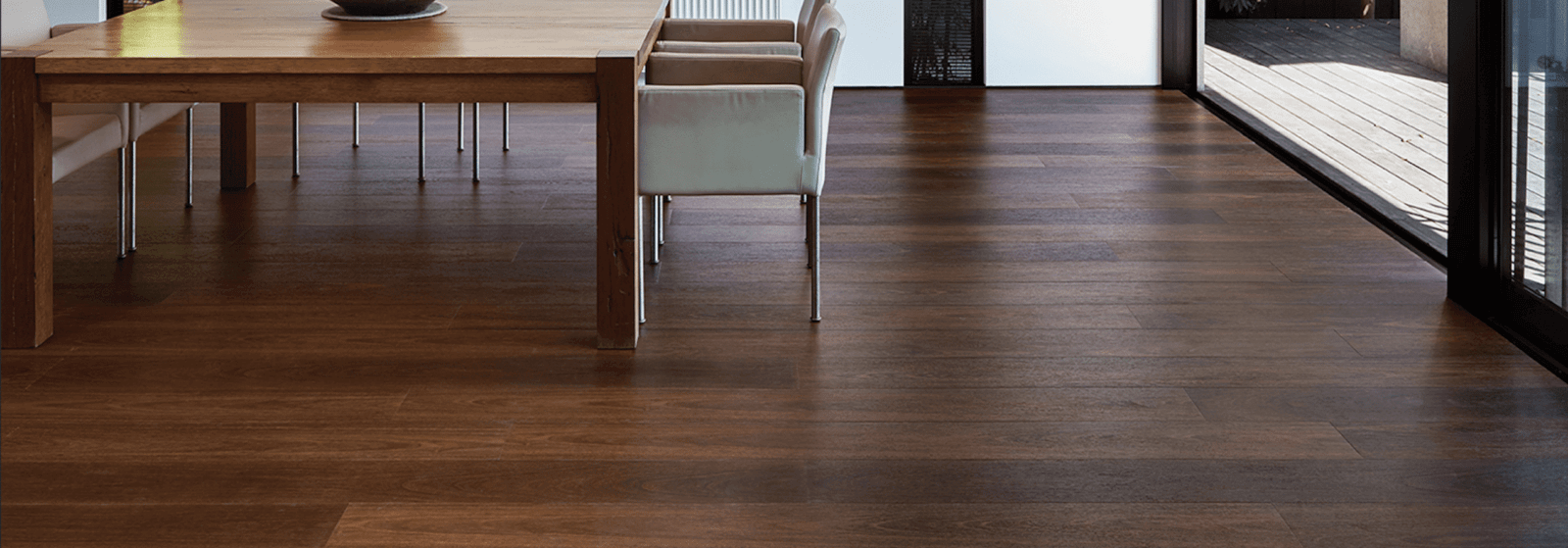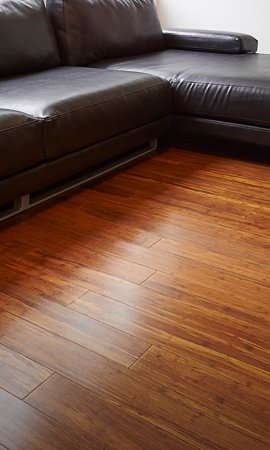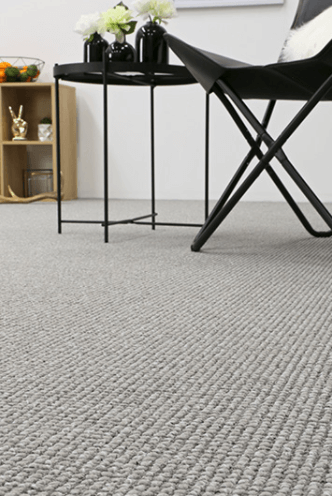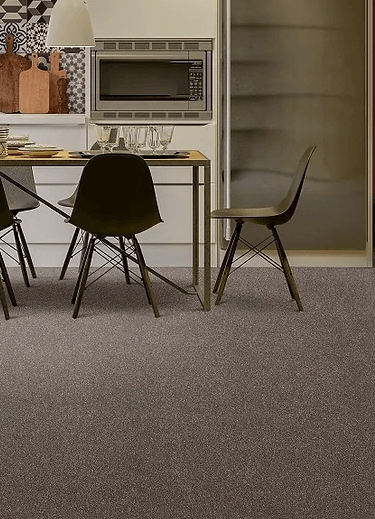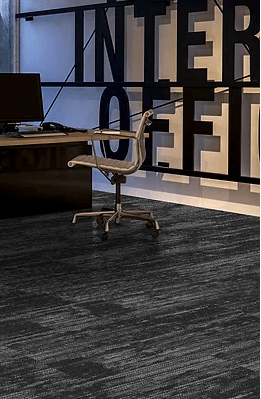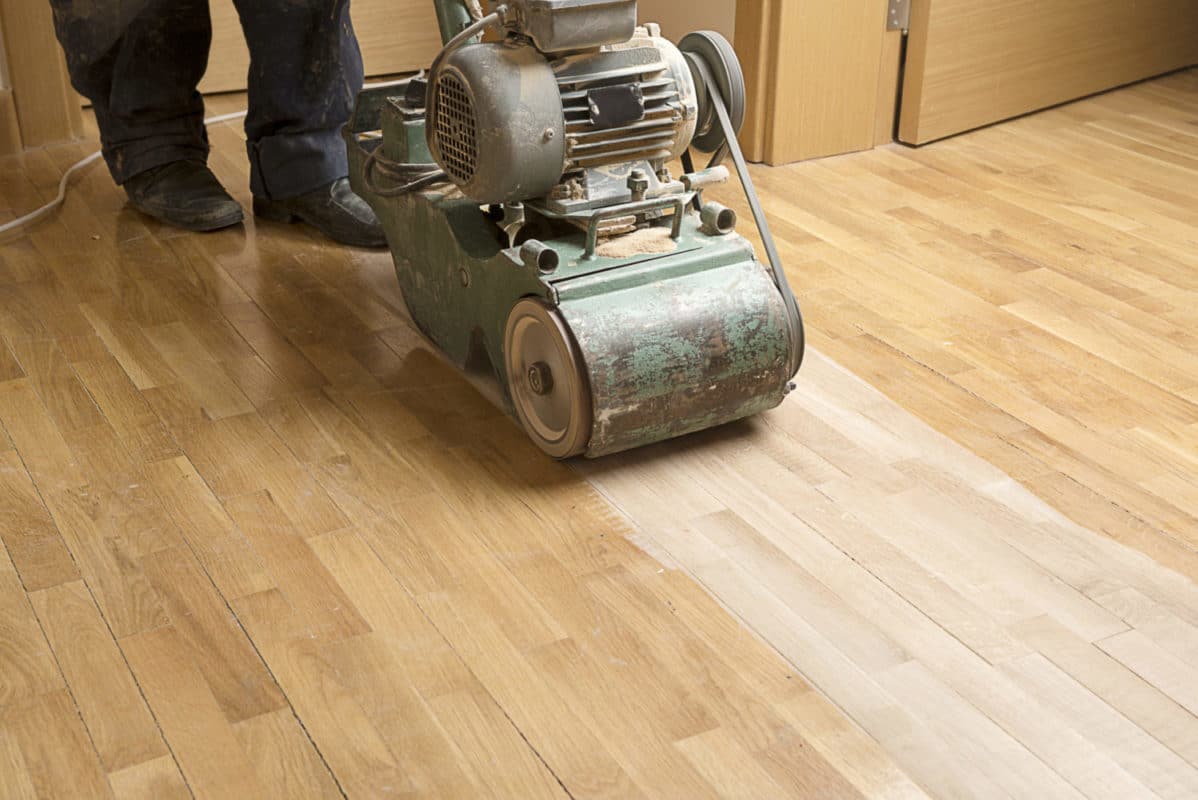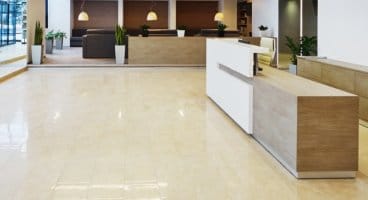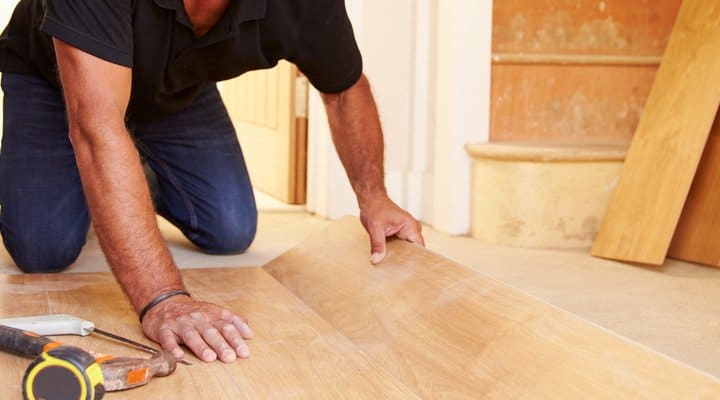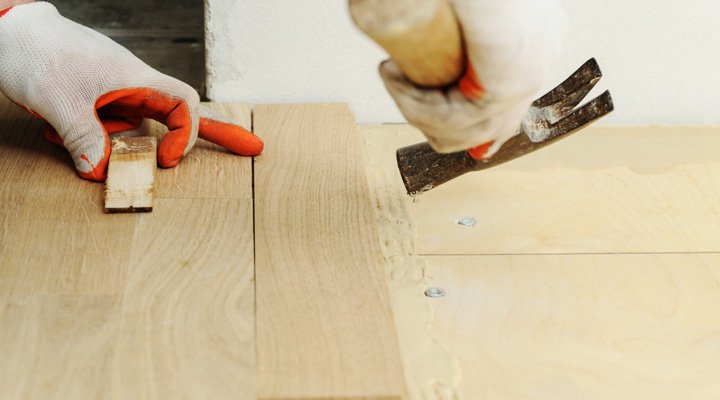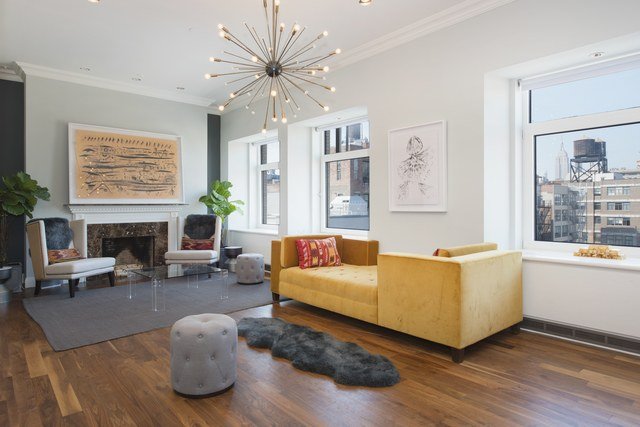

19 Feb 7 Things to Consider When Choosing Laminate Flooring At Home
The installation of laminate flooring has become increasingly popular among Sydney homeowners over the past decade — and it’s easy to see why. Laminate offers an attractive, durable, and cost-effective alternative to timber.
However, with so many options on the market, choosing the right laminate flooring can feel overwhelming. This guide will walk you through 7 key factors to consider when making your decision.
What exactly is laminate flooring?
Laminate flooring is a synthetic floor type made of multiple layers designed to replicate natural materials, most commonly timber. Modern laminates can also mimic bamboo, stone, or tile.
-
Top layer: A protective laminate coating that provides durability, scratch resistance, and UV protection.
-
Print layer: A high-definition image that gives the floor its realistic timber, bamboo, or stone look.
-
Core: A dense substrate (usually HDF) that adds stability.
-
Base layer: Provides additional strength and moisture resistance.
Thanks to advances in technology, laminate flooring today is highly durable, stylish, and affordable, making it an appealing alternative to timber or bamboo.


Understand your budget
Budget is one of the biggest deciding factors in any home renovation, and flooring is no exception.
One of laminate’s greatest strengths is affordability. Compared to timber or bamboo, laminate provides a far more cost-effective option while still achieving a premium look. But affordability doesn’t mean you should choose the cheapest option available.
-
Lower-priced laminates may save money upfront but often sacrifice durability and finish. This can lead to early replacements or more frequent maintenance.
-
Higher-quality laminates are still affordable relative to timber, but they offer far better longevity, scratch resistance, and appearance retention.
Remember: flooring is a long-term investment. It’s better to balance budget and quality rather than focusing purely on cost per square metre.
Tip: See our Laminate Flooring Cost Guide to understand supply, installation, and maintenance costs!
Understand why different types of laminate floors differ in quality
At first glance, many laminate floors look similar. However, there are several reasons why some laminates are priced much higher than others.
-
Thickness – Thicker boards (10–14mm) feel more solid underfoot, reduce noise, and provide stronger click-lock connections. Thinner laminates (7–8mm) may feel flimsier and are more prone to joint failure.
-
Core material – The quality of the high-density fibreboard (HDF) or particleboard core greatly affects durability. Cheap laminates may use lower-quality materials or chemicals, leading to swelling or warping.
- Abrasion Coefficient (Scratch Resistance) – whilst laminate floors have very durable surfaces, their scratch resistance varies. Look at the AC rating standards to determine scratch resistance (AC3, AC4 and AC5 tend to be best). In addition, FloorVenue’s installers always check that laminate floors are installed over a subfloor that complies with Australian Standard AS 1884, which requires no more than 4mm variance over 2 metres to ensure long-term stability.
If you plan to install laminate in high-traffic areas, investing in a thicker board with a high AC rating will pay off in the long run.
How Water Resistant Does Your Laminate Need to Be?
Moisture is laminate flooring’s greatest enemy. Standard laminates are vulnerable to water, which can seep through plank joins and cause swelling, warping, or bubbling.
-
Bathrooms – Laminate is not recommended due to high water exposure. Tiles remain the only fully waterproof choice here.
-
Kitchens & laundries – Possible with water-resistant laminate featuring wax-sealed edges and moisture-repellent cores. However, extra care is needed to clean spills quickly.
-
Living areas – Regular laminates are usually sufficient, as long as spills are cleaned promptly.
Today, manufacturers offer improved water-resistant laminate ranges that perform much better in semi-wet areas. At FloorVenue, we stock laminate flooring options with advanced moisture protection, making them suitable for Sydney homes where water resistance is a must.


What Look are You Going For?
One of laminate’s biggest advantages is its versatility in design. Laminate floors are available in hundreds of colours, patterns, and finishes, making it easy to achieve the look you want.
-
Rustic country style – Consider oak or hand-scraped designs for a traditional, farmhouse feel.
-
Modern minimalism – Lighter neutrals such as beige, grey, or whitewash create an airy, contemporary look.
-
Bold luxury – Darker tones like espresso or walnut add sophistication and intimacy to large, well-lit spaces.
Because laminate is printed, you’re not limited by natural wood variations — you can choose from a consistent palette that matches your home’s style perfectly.
How big is the room?
The size of the room and the amount of natural light it receives should guide your choice of laminate colour.
-
Smaller rooms – Light tones make spaces feel larger and more open.
-
Large rooms – Darker tones add warmth and elegance without feeling cramped.
-
Bright, sun-filled rooms – Darker laminates work well here, as natural light prevents the room from feeling too enclosed.
-
Dimly lit rooms – Lighter laminates reflect light and help brighten the space.
Don’t forget to consider furniture. A heavily furnished room may benefit from a lighter floor to prevent it from feeling crowded.
See our darker flooring options here!
Installation – How and Who?
Laminate flooring is often praised for its DIY-friendly click-lock system. The boards interlock easily, eliminating the need for glue or nails.
-
DIY installation – Ideal for homeowners with basic handyman skills. It’s cost-effective and straightforward in simple, rectangular rooms.
-
Professional installation – Recommended for more complex spaces (stairs, door frames, irregular shapes) or for those who want peace of mind and warranty coverage.
Tip: See our Guide to DIY Floating Floor Installations here.
For floating floors like laminate, correct subfloor preparation is essential. FloorVenue follows AS 1884 guidelines, ensuring the floor is level and the underlay is properly fitted. This prevents future creaking or gaps and keeps your warranty valid.
On the other hand, if you’re less confident in this area, or have a feeling the area in which it will be laid is ‘a bit fiddly’, then it might be best not to leave it to chance and invest in some professional help. FloorVenue has a range of professional installers that can provide very competitive prices – call us on 9750 5095 or fill out the form below to get a price match now.


Conclusion
There’s a reason laminate flooring has become one of the most popular options across Sydney and New South Wales. It’s stylish, affordable, and highly durable — providing a smart alternative to more expensive flooring types.
With such a wide variety available, there’s a laminate to suit every style and budget. By considering your budget, water resistance needs, room size, and installation preferences, you’ll be able to choose a laminate floor that looks beautiful and lasts for years to come.
At FloorVenue, we pride ourselves on offering one of Sydney’s largest ranges of laminate flooring at unbeatable prices. Whether you want a rustic timber effect or a sleek, modern design, our team can help you find the perfect option for your home.
Get a FREE no-obligation quote now
Ready to transform your home with laminate flooring? At FloorVenue, we supply and install one of Sydney’s largest ranges of laminate floors — all at highly competitive prices. Our direct partnerships with global manufacturers mean you get premium quality at the best value.
To receive a free, no-obligation quote or beat any quote – fill out the form below and we’ll get back to you within 24 hours!
Not sure which laminate style will suit your space? Visit a FloorVenue showroom or book a free consultation with our team. We’ll help you compare colours, finishes, and durability options so you can choose with confidence.

